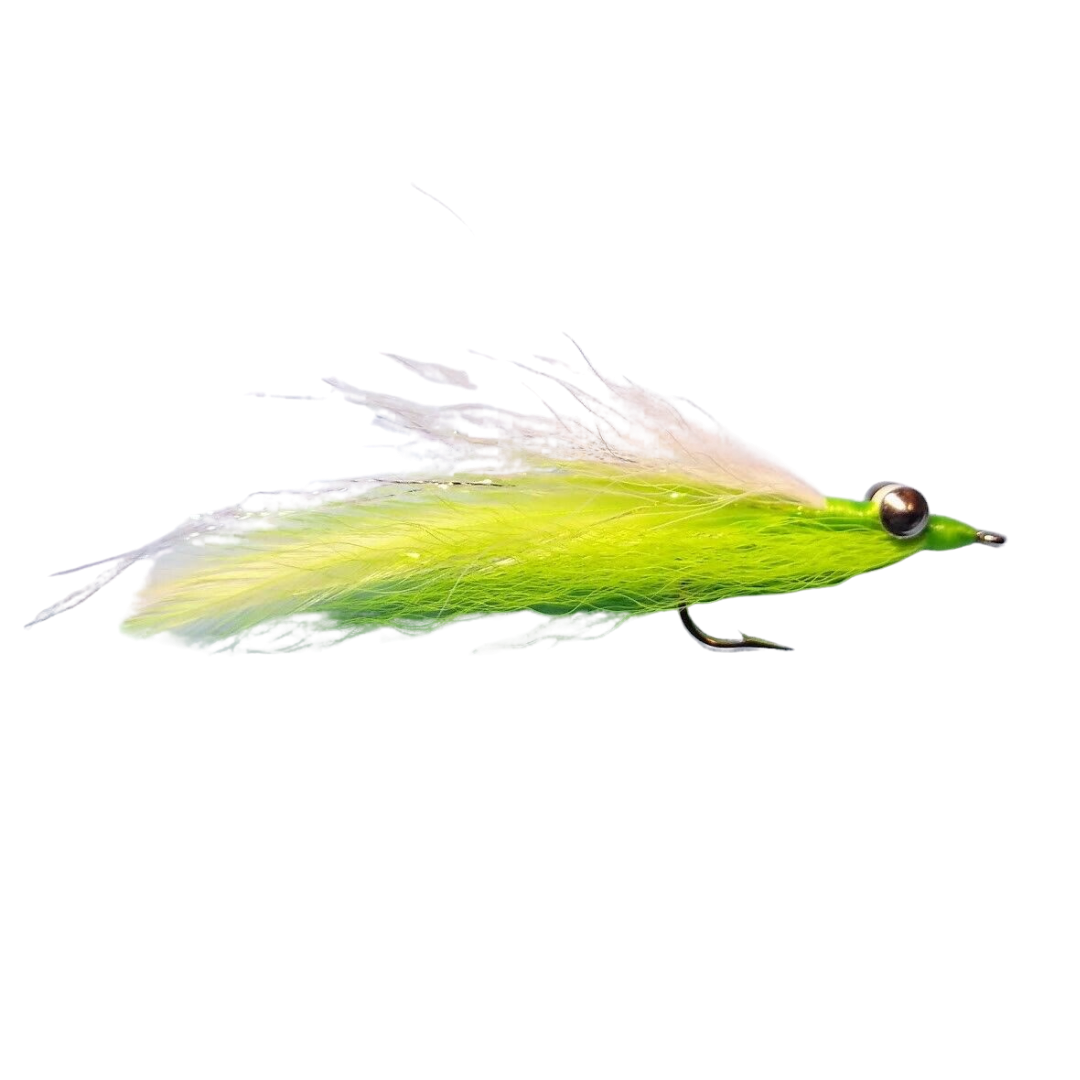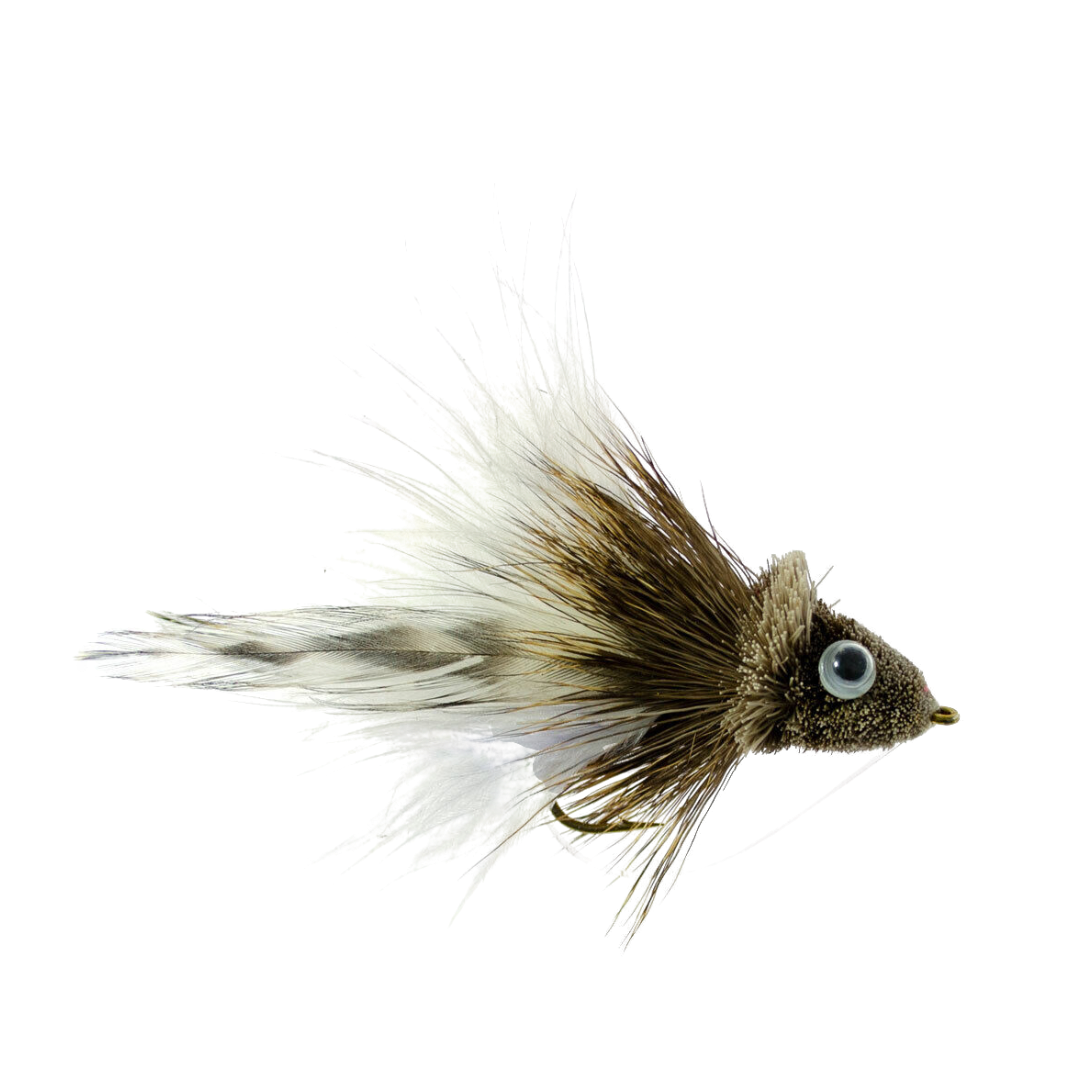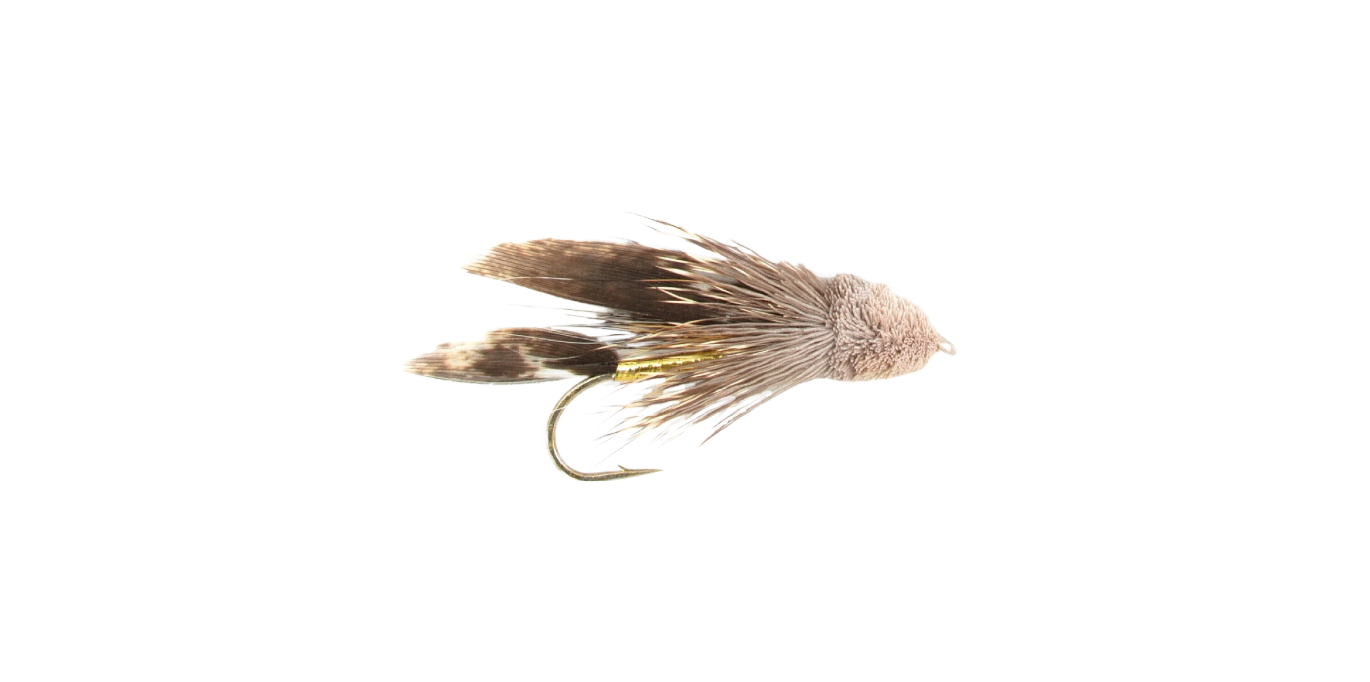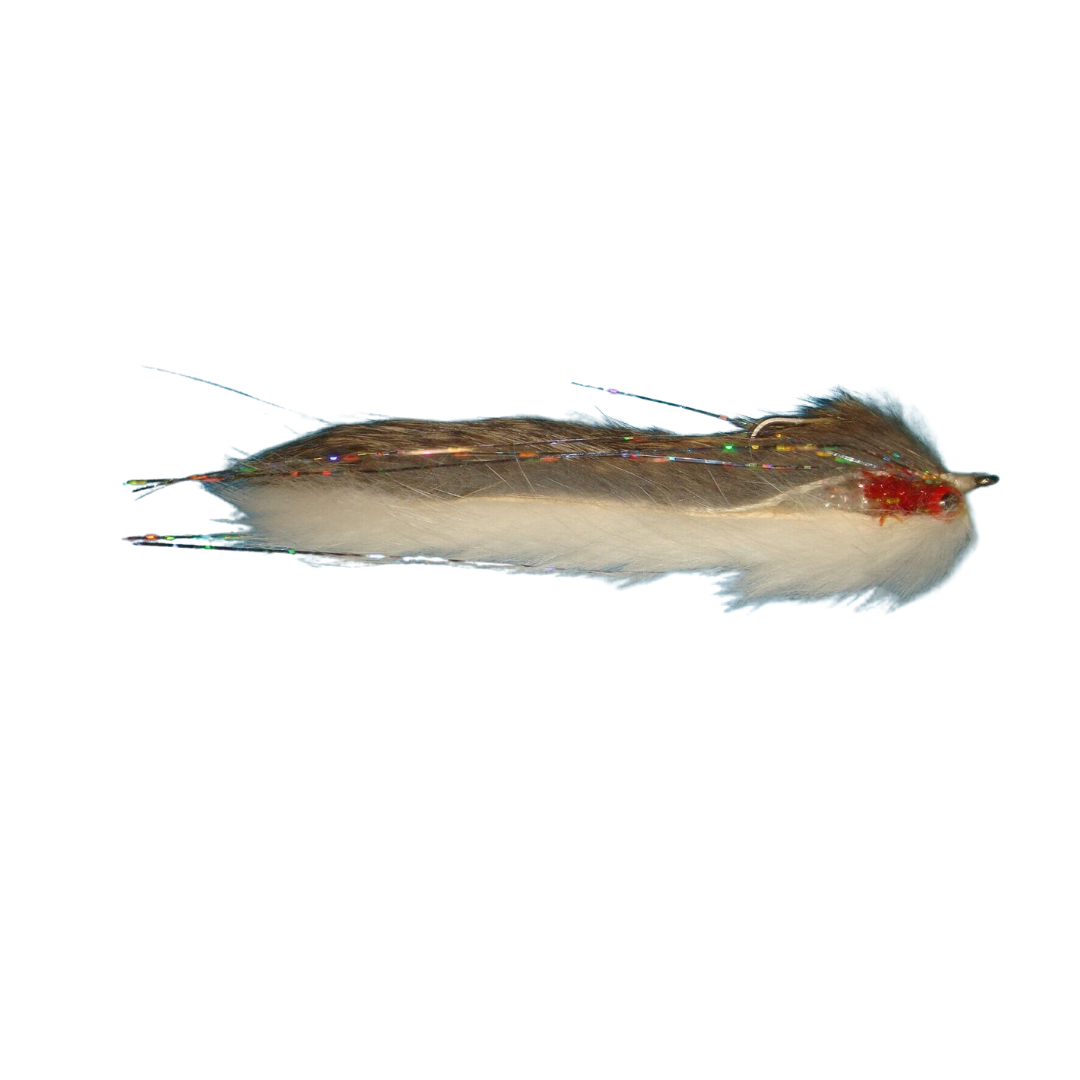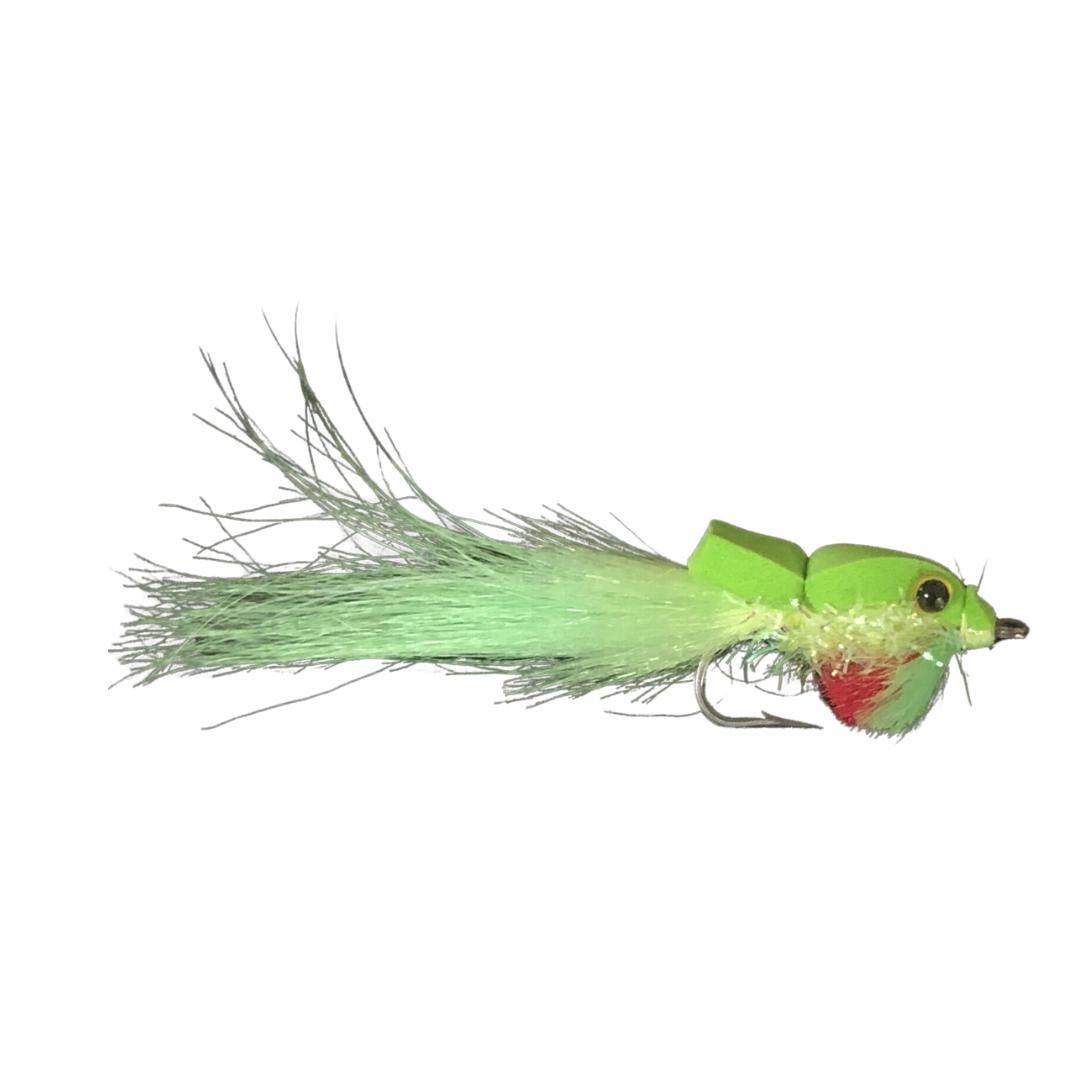Fly Fishing For Northern Pike
This pages focus is how to fly fish for Northern Pike were we strive to give you the information to catch the hard-fighting Northern Pike on a fly that is something that cannot be matched. On this webpage, you will find the information about the techniques, equipment, and locations you'll need when fly fishing for mister gator. We will try to cover the important topics like understanding the habitat and behavior of Northern Pike, as well as safe and responsible fish handling. Fly fishing for Pike is not only a challange but a rewarding hobby that allows you to enjoy the outdoors.

What is a Northern Pike
Northern pike are a popular game fish that make their homes in rivers, lakes, back waters, sloughs, and streams. In some areas they have been given a bad name because some irresposible people thought it'd be a good idea to transplant them were they do not belong. But with that said there are only a few fish that are funner to catch.
Northern Pike average 2-5 lbs. but can get as large as 63 lbs. (world record) and live up to 20 years. Although it seems like the average most of us catch is the all to well-known slimy little "snake". Pike can be identified by the sensory pores on the underside of their jaw. Musky have 11 to 18 pours on the underside of the jaw, are lighter colored, and have a rounder tail. Northern Pike have fewer pores, are darker and have a more pronounced V style tail.

Fly Fishing For Northern Pike
Fly fishing for Northern pike is an exciting and challenging endeavor that requires skill, patience, and the right equipment. Pike are known for their voracious appetites, appearance, with their long bodies and distinctive smile.
One of the main things to remember when fly fishing for Northern pike is to make sure you have the right tackle and equipment. A larger fly rod then when you are trout fishing with a fast action and a weight of an 8-9 weight is ideal, as Northern pike can grow large as you seen above with the world record. A large capacity, heavy reel with a good drag system is a must so it will withstand the power of these fish. The line is reccomended to be a weight forward floating line for most fly fishing situations with Northern Pike, but this will also depend on the body of water and how you are fishing.
When considering flies for Northern Pike fishing, you'll find there are many different patterns and sizes to choose from. Some of the most effective include large streamers, poppers, and surface flies. Good pike flies imitate the appearance and movement of the fishes natural prey, such as minnows, frogs, and insects. Make sure to use flies that are big and visible these attract the attention of Northern pike. Always make sure that what you are throwing will copy the local prey.
Pitching your line at Northern pike can be tricky, because some of their favorite habitat they like are weed beds and logs, and are not always in open water. Try to make sure that you can make a long casts start by retrieving the fly slowly and steady through the cover, pause occasionally to let the fly sink and swim naturally. Make sure that when the Northern grabs the fly set the hook quickly and firmly.
After setting the hook on a Northern pike, the battle begins. Northern Pike are known for their powerful runs and awesome leaps, make sure you always keep steady pressure on the pike while it's being reeled in. A reel that has a good drag system will help so the fish will not take too much line. Always be but it's still prepared for a long fight because they do not like to give up.
Northern pike are found in multiple freshwater environments, being found in rivers, lakes, and even swamps. But you'll find, some of the best places to catch Northern pike with a fly rod are large, weedy or rocky lakes and rivers with an abundance of bait fish. It's essential to research the area you plan to fish and studying their behavior and habits for that area.
Finally, fly fishing for Northern pike is an exciting and rewarding experience that requires the proper gear, skills, and knowledge. Once you have connected all the dot, you'll be on the way to catching these awesome fish. I cannot say it enough study the body of water, their behavior, and have fun.

Where the Northern Pike Live
We can not stress enough how important it is to know as much as you can about Northern pike. When you understand their habitat and behavior it will increase your chances of hooking a fish. Northern pike can be found in a many different freshwater watersheds, the one thing they require is that they have good cover and an abundance of food to eat.
A requirment when looking for Northern pike habitat is forage fish. Northern pike are voracious predators, aka. Water Wolf, that will feed on a variety of fish species, like minnows, suckers, and ciscoes. They are known to hangout where these morsals are abundant, examples are weed beds, shoals, and drop-offs.
When you are trying to find Northern pike understanding their habitat, which in basic terms is their home. You'll want to find areas that have an adundanse of cover, hiding spots. Northern's are an ambush predator, so if you can find areas where they can tuck themselves away and use cover like weed beds, logs, rocks, and structure that conceals them while they wait for their next meal. They will also use this cover to hide from predators, although not many, and help increase comfort by moving in and out of the sun or shadow.
If you are going to fish rivers, Northern pike will be found in a few different habitats, fast-flowing sections, backwaters, and oxbows (U shaped bends in the river). The pike will hang out near structure like log jams, boulders, and undercut banks, this allows the Northern to surpise their prey and hide from predators. It is also important to focus on areas where the fish they eat congregate, such as near currents breaks, eddies a random tree that is in or over the river and at the base of riffles.
If where you fish is a lake, a Northern pike habitats include weed beds, shoals, and drop-offs. They like to hang out near weed lines and shallow water where forage fish concentrate. Another area, in lakes, that you'll want to find are areas where the bottom contour changes, like drop-offs, humps, and points, these changes in the bottom will, at times, concentrate forage fish. These changes in the bottom provide ambush points for the Northern pike.
When looking for Northern pike habitat, it's also important to consider the time of year. During the spring, Northern pike can be found in shallower waters where it is warmer water, and as the water warms up they will move to deeper waters where the water temperature is more suitable and cooler. In the fall, Northern pike move to shallower waters to feed before the winter.
Something else to think about is water clarity, pike can be found in many diffenent water clarities from stained to clear water. But, in clear water, they like to stay in cover, like weed beds and logs, while in stained water, they like to roam open water, where they can ambush prey.
Finally, when fly fishing for Northern pike, pay attention to the habitat and behavior so you'll tend to have more success. Look for areas that hold the food they eat and cover, like weed beds, logs, rocks, and structure. Also think about the time of year, water temperature, and water clarity, thes will affect the behavior of Northern pike. Always research so you'll understand the body of water you are going to fish. It is an important step so that when you hit the area you are going to fish you will already be ready to go.
Flies For Northern Pike
When it comes to fly fishing for Northern pike, selecting the right flies is crucial to your success. Northern pike are voracious predators that feed on a variety of fish, frogs, and insects, so it's important to choose flies that mimic their natural prey. Let's take a closer look at the different types of flies that are effective for Northern pike when fly fishing and tips to choosing the right flies for the conditions you'll be fishing in.
One of the most popular styles of flies for Northern pike are streamers. Streamers are designed to imitate baitfish, and are particularly effective when fished in areas where Northern pike are feeding on minnows and other forage fish. Streamers are made in a variety of sizes and colors. Some of the best patterns are the Clouser Minnow, Game Changer, the Double Bunny, and the Muddler Minnow.
Another type of fly that is effective for Northern pike is poppers. Poppers are designed to imitate the appearance and movement of frogs and other surface-dwelling prey. They are used best when fished in and around weed beds, lily pads, and other areas that Northern pike find frogs and insects. Poppers come in many different sizes and colors, some of the best patterns include the Gurgler and the Foam Frog.
When deciding which fly to use fo Northern pike, it's important to think about the size, color, and action of the fly. Larger flies can be seen better and will attract the attention of larger Northern pike, and if you choose use a smaller fly to target smaller fish. Using natural colors, like white, chartreuse, and silver, work better than brightly colored flies, because they more closely imitate the colors of a Northern pike's natural prey. Additionally, don't forget the action of the fly, flies that swim with a lot of movement and make alot of commotion seem to attract more attention than those that simply float.
Make sure the fly matches the specific conditions you'll be fishing. When fishing in weed beds or other areas with a lot of cover, flies that sink quickly go deep and are generally more effective, however in open water or if you are fishing on the surface, flies that are neutral buoyant float or slowly sink seem to work better. Also, make sure to match the size and color of the fly to the size and color of the pike are feeding on in the current body of water you'll be fishing.
More over, if you are fly fishing for Northern pike, selecting the right flies are a very important key to your success. Streamers, poppers, and surface flies will be some of the most effective types of flies for Northern pike, but you always must consider the size, color, and action of the fly along with the specific conditions you'll be fishing. Don't forget that the most effective flies are those that closely imitate the colors, sizes, and movement of the Northern pike's natural natural food sources, so matching the fly to the specific conditions you're be fishing is the best route to success. Knowing the body of water that you'll be fishing, the local prey species, and environment will help you decide the best flies.
Flies | Materials | Fly |
Hook: Size 2 to 5/0 Thread: Uni 6/0 Gray Eyes: 1/30 ounce metallic dumbbell eyes Belly: White deer-tail fibers Middle: Rainbow Krystal Flash Back: Gray deer-tail fibers
|
| |
Hook: Daiichi 2546 Thread: Danville’s Flat Waxed Nylon 210 Denier WIngs: Three or Four Whiting American Rooster hackleplaced on each side of the hook away from each other. Legs: Krystal Flash Pearl Head: Stacked Deer Hair, Cow Elk or Antelope in your choice of colors. Antelope hair floats the highest. |
| |
Hook: Streamer Size 10-4 Thread: 3/0 tan Tail: Oak Mottled Turkey Body: Tinsel flat gold Ribbing: Wire gold Underwing: Gray Squirrel Tail Wing: Oak Mottled Turkey Quill Collar: Deer Body Hair natural Head: Deer Body Hair natural |
| |
Hook: Mustad 79580 or Tiempo 300 Thread: 3/0 Weight: lead wire Wing: rabbit strips sizes medium to magnum Flash: Flashabou or Crystal Flash Eyes: Molded eyes Adhesive/glue: Elastic for the rabbit strips and flexible style glue for the eyes. |
| |
Hook: 1/0 Wide Gap Hook Thread: 3/0 Chartreuse Tail: Chartreuse Natural or synthetic Buck Tail and Krystal Flash Legs: Chartreuse Krystal Flash Body: Kryystal FLash Chartreuse Chenille Eyes: Medium Dumbell Wing: Lime/Chartreuse Foam Hackle: Red and Chartre-use Ostrich Herl If you want to make weedless add a mono gaurd |
|
Fly Rods for Northern Pike
Fly rods are designed specifically for fly fishing, using fly line and a artificial fly to catch fish. They are longer and lighter than traditional fishing rods, a fly reel which is a specialized type of reel that holds the fly line.
Fly rods are made in a range of lengths and weights, the one you choose will depend on the style of fishing you want to do and the size of the fish you are fishing for. A longer rod is better for casting longer distances, and shorter rods are suited best for close-range casting. A heavier rod works better for casting larger flies and fighting the larger fish, and a lighter rod is better for casting smaller flies and catching smaller fish.
Fly rods are also classified by their action, this refers to how much the rod flexes when it is cast. A fast action rod flexes near the tip, and slower action rods flex more in the middle. Faster action rods work better for casting longer distances, while slower action rod work best for close-range casting and delicate presentations.
Fly rods are made from a variety of materials, including cargon fiber, graphite, fiberglass, and bamboo. Carbon fiber rods are super lite and can have a super fast action, they are tough and well suited to fighting fish comfortably. Graphite rods are lightweight with a fast action, this makes them good for casting long distance. Fiberglass rods are forgiving and have a slower action, making them a good choice for beginner anglers. Bamboo rods are traditional pole and they have a slower action, although they are heavier and more expensive than the other materials.
Rod and Reel
When fly fishing for Northern pike, having the right fly rod and fly reel is essential to your success. The fly rod and reel play a critical role in casting, fighting, and landing these powerful and elusive fish. In this blog post, we'll take a closer look at the specific characteristics and features of fly rods and reels that are well-suited for Northern pike fly fishing.
First, let's talk about fly rods. When fly fishing for Northern pike, you'll need a rod that is strong and responsive enough to handle the power and size of these fish. A rod with a fast action and a weight of at least 8-9 weight is recommended. Fast action rods are stiffer and allow you to make powerful and accurate casts, which is especially important when casting to Northern pike that are holding in cover or making long runs. A rod with a 9-weight or greater rating will have the backbone necessary to fight and land these large fish.
In terms of length, a 9-foot rod is a good choice as it will provide adequate leverage and control while fighting the fish, and give you the casting distance you need to reach the fish holding in cover or in deeper water. Additionally, it's also important to consider the material of the rod, graphite and fiberglass are the most common materials for fly rods, and offer great balance between sensitivity and durability.
Next, let's talk about fly reels. A good fly reel is crucial for Northern pike fly fishing because it must have a smooth and strong drag system to handle the power of these fish. A large arbor reel is ideal because it will retrieve line faster and provide a larger capacity of backing. Additionally, a reel with a good drag system will allow you to exert a consistent pressure on the fish, which is essential when trying to tire and land the fish.
It's important to match the weight of the reel to the weight of the rod, so a 9-weight rod would require a reel with a 9-weight rating. The material of the reel also plays a role, with machined aluminum and graphite being the most common materials. Aluminum reel offer more durability and have a better capacity to handle the heat generated by the strong drag, while graphite is lighter and doesn't absorb heat as much.
When it comes to line, it's important to consider the type and size of the line to match the rod, reel and the water you'll be fishing in. A weight forward floating line is generally recommended for most Northern pike fly fishing situations, but you may also consider using a sinking line to get the fly deeper in the water column. Keep in mind that when using a sinking line, you need to adjust your retrieve accordingly to keep the fly at the desired depth.
In conclusion, when fly fishing for Northern pike, having the right fly rod and reel is essential to your success. A fast-action rod with a weight of at least 8-9 weight, and a length of 9 feet or greater will give you the power and control you need to handle these fish. A large arbor reel with a good drag system is crucial to tire the fish and reel them in. Additionally, considering the type and size of the line will help you make the most of your gear. By choosing the right gear and using it correctly, you'll be able to make the most of your Northern pike fly fishing experience. Remember to always consider the specific characteristics of the fish and the body of water you'll be fishing, as this will also affect your choice of gear.
In conclusion, fly fishing for Northern pike is an exciting and challenging endeavor that requires skill, patience, and the right equipment. Understanding the behavior, habitat, and prey of Northern pike, as well as using the right flies, tackle and equipment are key to increase your chances of success. We hope that the information provided on our website has been informative and helpful in your journey to fly fishing for Northern pike. Remember to always follow ethical fishing practices, local fishing regulations and to respect the environment. We encourage you to continue learning and exploring the world of Northern pike fly fishing, and to connect with other anglers through online communities, fishing clubs, and fishing guides for even more tips and insights. Don't Forget to Check Your Fly!

